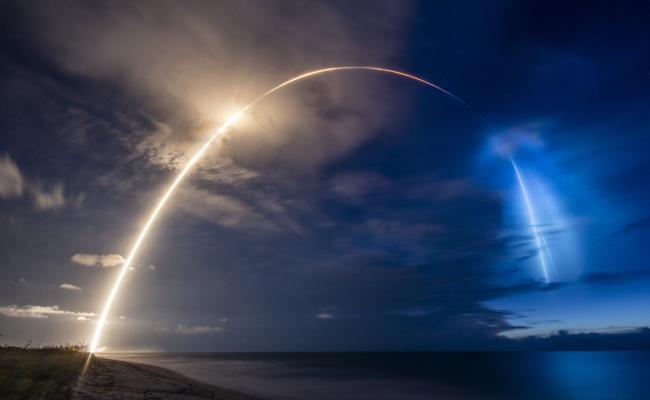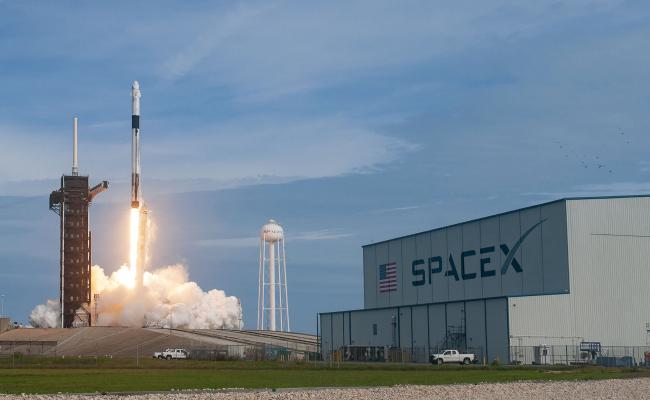SpaceX’s Starlink Ready to Boost Arctic Military Communications Says US Air Force
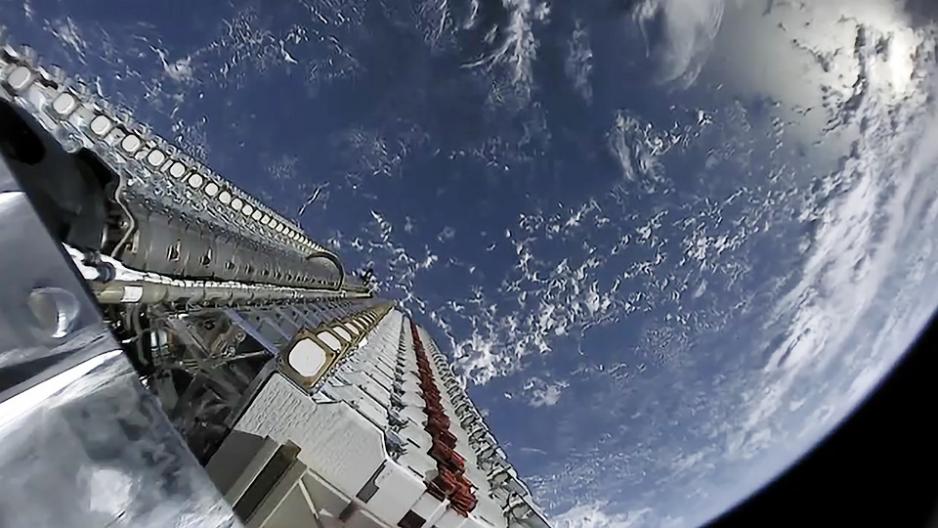
SpaceX’s Starlink satellites released in orbit. (Source: Courtesy of SpaceX)
Starlink satellites could soon be used to provide space-based communication for the US military across the Arctic following a successful test program. But outsourcing communication needs to a private entity also entails risks, as Starlink’s role in the Ukraine War has shown.
Following the expansion of SpaceX’s network of satellites into Arctic latitudes in 2022 and 2023 the system is now deemed ready and reliable for military use. Following a nine-months test program, which ended in June, the US Air Force concluded that the system worked well in the region’s harsh environmental conditions.
The U.S. military, including the U.S. Coast Guard, have long-expressed concern about unreliable communications in the polar regions. The Arctic lacks many of the traditional land-based communication and satellite-based connections typically found in other parts of the world.
Brian Beal, principal engineer with the Air Force Research Laboratory’s Integrated Capabilities Directorate, explained that Starlink was found to be a “reliable and high-performance communications system in the Arctic,” according to reporting by Bloomberg.
Testing included the deployment of dozens of Starlink terminals in very high wind and very low temperature environments.
“That all went smoothly though. Once we got the terminals mounted securely to withstand high winds, they worked great with no issues,” confirmed Beal.
Similar testing continues related to OneWeb’s satellite network, with results expected in 2024.
The US Northern Command originally requested $130m in funding back in 2020 to begin experiments to test SpaceX’s Starlink and competitor’s OneWeb satellite networks. The plan involved using prototype terminals capable of uplinking to low earth orbit constellations consisting of thousands of mass-produced small satellites.
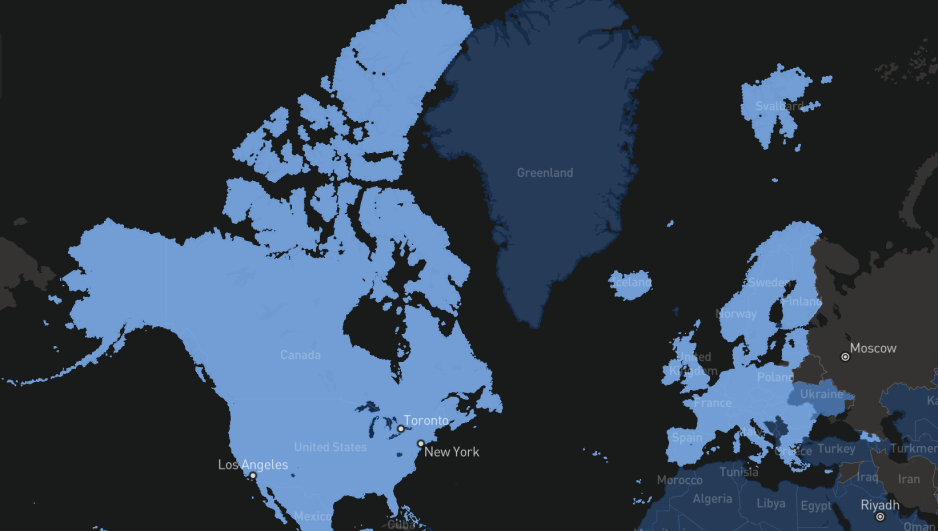
Map of StarLink’s Arctic coverage area. (Source: Starlink)
Building ground-based infrastructure in Alaska
SpaceX has invested in ground-based infrastructure across Alaska. It constructed three base stations across the state located in Nome, Fairbanks, and Kuparuk.
The ground stations, connected to the global internet via fiber optics, are a critical part in sending data between Starlink satellites and the end user.
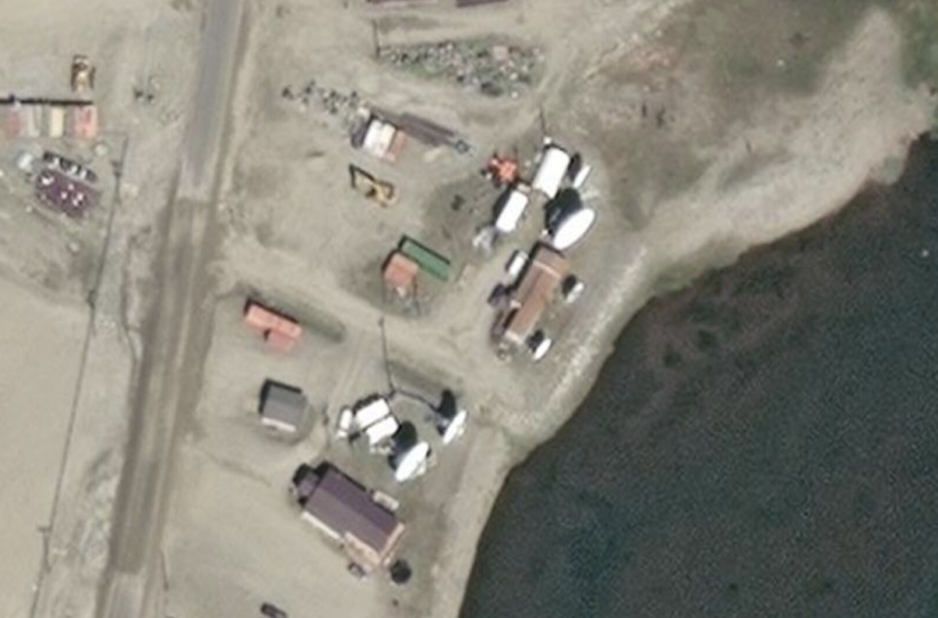
SpaceX’s Nome ground station. (Source: Google Earth)
A user’s request for data is sent from the local Starlink terminal to the closest satellite and onward to the ground station. The ground station, also known as gateway, relays the request to data centers and after receiving the information sends it back to the satellite, which then relays it to the user’s terminal.
Since Starlink satellites circle Earth in a low orbit of around 550 km, compared to other communications satellites in geostationary orbits more than 35,000km away, the system’s latency – how long it takes for data to travel back and forth – is very low. The entire process of requesting and sending back the data typically takes much less than a second.
Expansion of non-civilian use
Thus far SpaceX has launched more than 5,000 Starlink satellites into orbit, of which more than 200 provide coverage for the Arctic region.
Starlink’s non-civilian use has expanded in recent years. Earlier this year NATO allies utilized the service to connect unmanned aircraft and surface vessels during an exercise off the coast of Portugal.

Overview map showing StarLink coverage in Alaska and satellites in orbit. (Source: Satellite Map)
Starlink’s communication abilities have also become a crucial asset for troops in Ukraine. While the services were initially provided by Starlink free of charge, SpaceX’s CEO Elon Musk eventually threatened to terminate the service, prompting the US Pentagon to start paying for satellite time on behalf of Ukraine.
The reliance on a private company’s communication services has raised alarms among military experts. Outsourcing these services in a region of growing strategic importance and where the US’s capabilities are limited – including the often-cited lack of icebreakers – is bound to draw close scrutiny as the US military moves closer to procuring Starlink’s services in the region.


